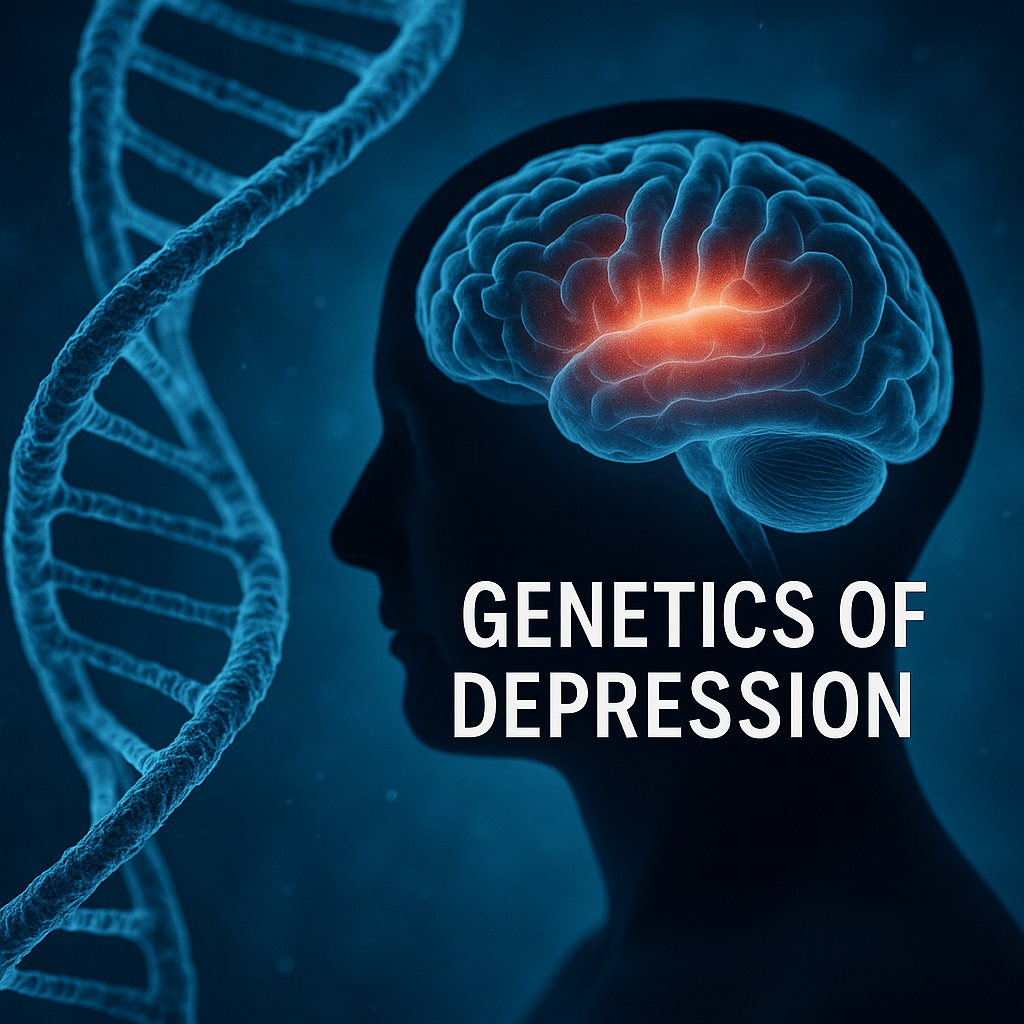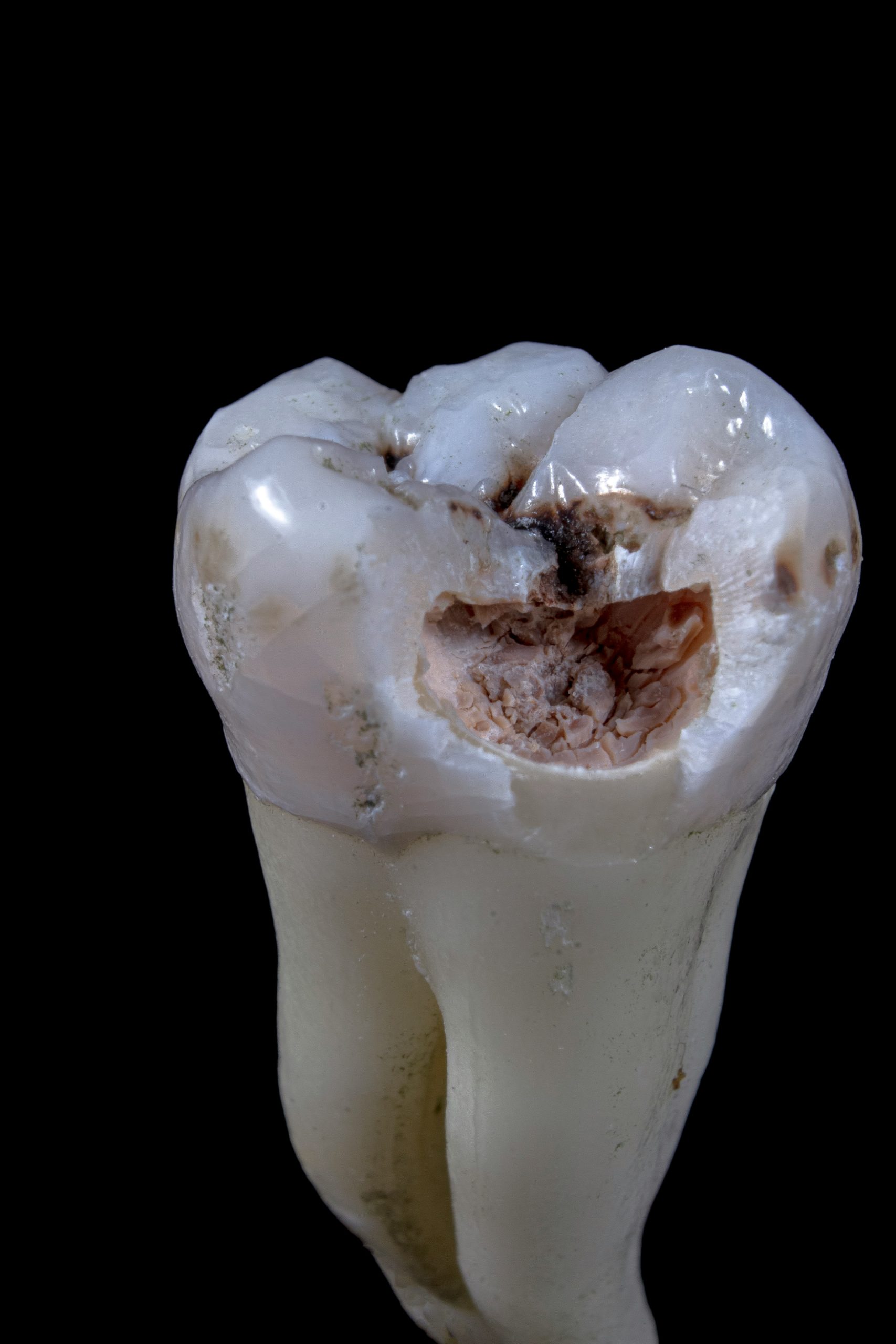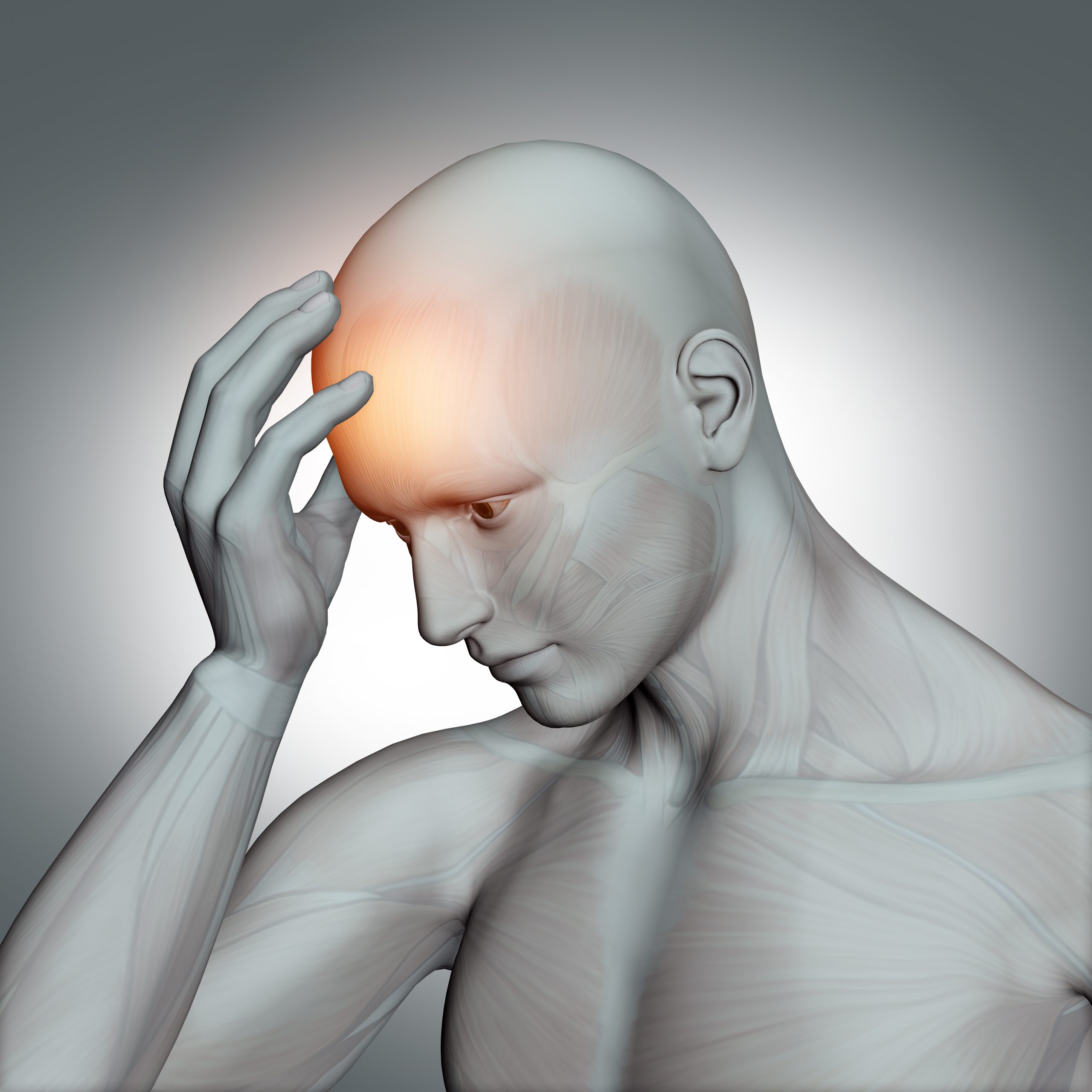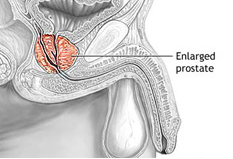Category: Systematic Reviews and Meta-analysis
-

Abstract Background: Recent years have seen Mendelian Randomization (MR) evolve as the next logical but intricate procedure for elucidating causality immediately after conduct or publication of a GWAS on a risk factor or outcome of interest. With a focus on the neurodegenerative disorder, through this systematic review, we hope to dissect the considerable heterogeneity in…
-

Background The form of care for the seriously mentally ill has undergone a significant transformation in the last century (Grob 1983). In the first half of the 20th century, state-sponsored institutes in mental hospitals were considered the primary providers for the long-term services and support for psychiatric patients (Arnhoff 1975). Such institutions accounted for almost…
-

Introduction Major depressive disorder is a common debilitating psychiatric illness affecting more than 350 million people worldwide. It is also one of the significant contributors to the overall global burden of the disease, accounting for 8.2% of global years lived with disability, the highest among the brain diseases [1, 2]. According to the World Health…
-

Background Worn dentition has long been a significant dental burden in the elderly population and can be attributed to a combination of erosion, abrasion and attrition [1]. Several epidemiological studies have reported the prevalence of extensive tooth wear ranging from 0.6% in adolescence to more than 2% in individuals aged 65 years or more…
-

Third molars, also known as wisdom teeth, are the last to erupt between the ages of 17 and 26 years, which complement the functioning of the second molars (Kruger et al., 2001). They fail to erupt entirely in approximately 24% of the population and are observed to be associated with periodontal defects and caries on…





